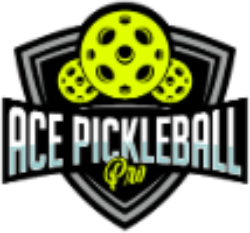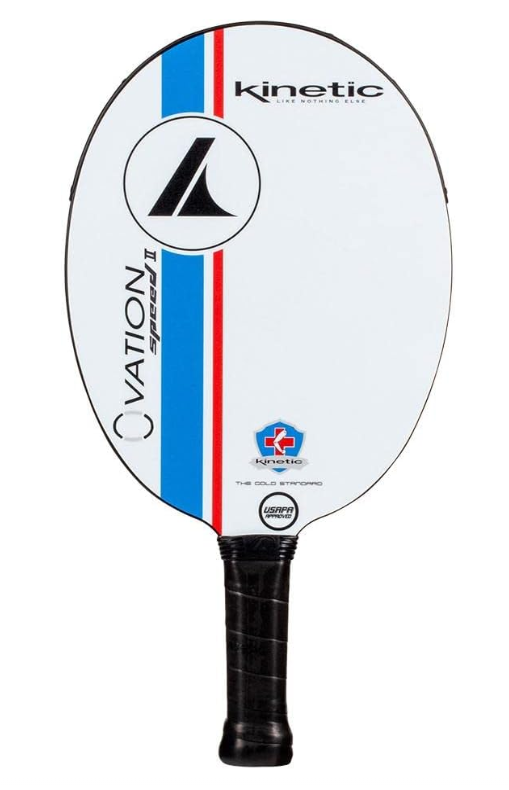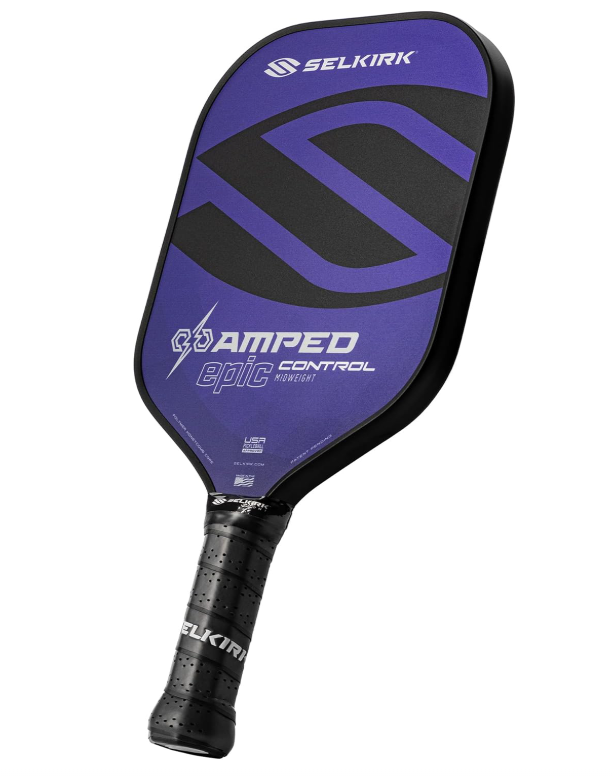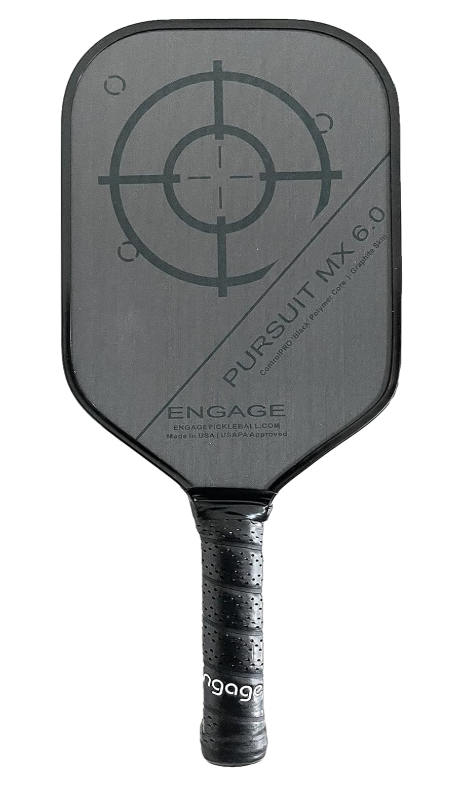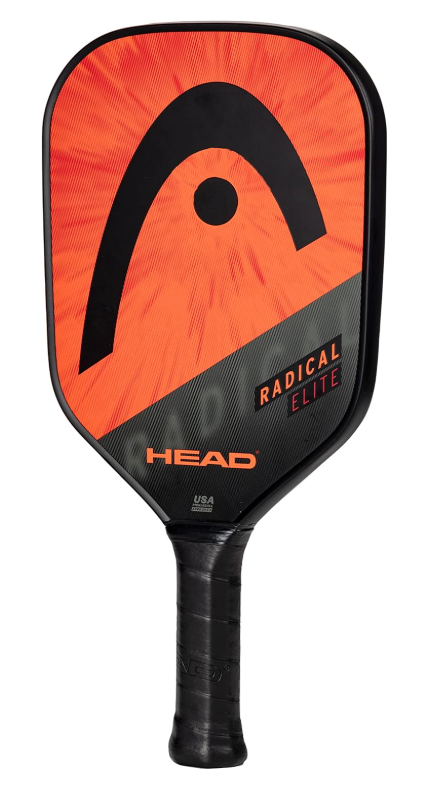The Smart Paddle Strategy: A Scientific Guide to Reducing Shoulder Pain in Pickleball
Affiliate Disclosure: This post contains affiliate links. If you click and purchase, I may earn a small commission at no extra cost to you. This helps keep Sim Racing Setup Pro and content like this running strong — and helps me keep my shoulder intact while testing gear.
How the Wrong Paddle Alters Your Shoulder Biomechanics
Pickleball might look low-impact, but its repetitive, high-velocity micro-motions impose abnormal stress loads on the shoulder’s stabilizing structures — especially the supraspinatus tendon, long head of the biceps, and scapular stabilizers.
A 7% increase in paddle swing weight can translate to a 25–30% spike in peak shoulder torque during overhead shots, especially if the paddle is top-heavy or lacks vibration dampening.
— National Physical Therapy
The Shoulder Stress Cascade™
How One Bad Paddle Starts a Cycle of Injury
Let’s break down the 5-step biomechanical stress loop:
-
Heavy or unbalanced paddle → increased torque during swings
- Poor vibration dampening → reverberations travel up the kinetic chain
- Microtrauma accumulates in rotator cuffs and deltoids
- Compensatory motion develops → overuse of torso and wrists
- Inflammation → Compensation → Injury → and the loop repeats
Sound familiar? If so, your paddle might be sabotaging your game.
The Paddle Design Framework for Injury Prevention
| Feature | Scientific Justification | Pro Tip |
|---|---|---|
| Weight < 7.8 oz | Reduces angular momentum and shoulder torque | Perfect for post-surgery or injury recovery |
| Polymer or Foam Core | Dampens vibration to protect soft tissues | Also helps with tennis elbow |
| Handle ≥ 5.25″ | Enables two-handed backhand support | Helps transfer load across the kinetic chain |
| Edge-to-edge Sweet Spot | Lowers penalty on off-center hits | Great for beginners & players with shoulder issues |
Injury-Resilient Paddle Selection Matrix™
Match your shoulder condition to the right paddle:
| Shoulder Condition | Best Paddle Traits | Suggested Model |
|---|---|---|
| Rotator cuff strain | Light, foam/poly core, balanced | 🥇 Selkirk AMPED Epic |
| Labral tear recovery | Larger sweet spot, longer handle | ⚙️ Engage Pursuit MX 6.0 |
| Fatigue/inflammation | Midweight, head-light balance | 🧘 HEAD Radical Elite |
| Arthritis/chronic pain | Kinetic vibration reduction | 🧠 ProKennex Ovation Speed |
Top 4 Pickleball Paddles for Shoulder Pain Relief
Clinically informed. Player approved. Biomechanically smart.
ProKennex Ovation Speed
Best for: Chronic pain, arthritis, tendonitis, and post-surgery recovery
Tech: Kinetic Shock Absorption System™
Weight: ~7.7 oz
Feel: Cushioned, smooth, joint-saving
This is the orthopedic go-to for chronic shoulder pain. ProKennex’s Kinetic System uses a unique chamber filled with micro-beads to dissipate energy before it hits your joints. It’s one of the few paddles designed by engineers in collaboration with sports medicine clinics.
Clinical reviews, like those shared by FitClubNY, recommend ProKennex paddles for rehab patients and those with recurring rotator cuff strain.
✅ Ready to play without the pain? Shop the ProKennex Ovation Speed now »
Selkirk AMPED Epic Lightweight
Best for: Rotator cuff support, senior players, injury recovery
Tech: X5™ Honeycomb Core + FiberFlex Face
Weight: 7.4–7.8 oz
Feel: Balanced, responsive, gentle on joints
The Selkirk AMPED Epic is a standout for players who want shoulder-friendly performance without sacrificing control. Its proprietary X5 core absorbs vibration at the source, and its longer 5.25” handle makes it easy to use a two-handed grip — reducing shoulder stress.
See why Selkirk emphasizes injury prevention in their educational blog.
✅ Protect your shoulder without slowing your game. Grab the Selkirk AMPED Epic now »
Engage Pursuit MX 6.0
Best for: Labral tears, shoulder inflammation, and competitive control
Tech: ControlPro Polymer Core + Extended Handle (5.5″)
Weight: 7.8–8.2 oz
Feel: Stable, spin-friendly, built for comfort
The Pursuit MX 6.0 is ideal for players with aggressive play styles but sensitive shoulders. The thick polymer core absorbs vibration while the extended handle enables load-sharing with your non-dominant arm — a biomechanical win.
This paddle is cited by Franciscan Health for players in recovery from shoulder conditions.
✅ Get competitive-level control without the joint strain. Try the Engage Pursuit MX 6.0 here »
HEAD Radical Elite
Best for: Recreational players with mild to moderate shoulder pain
Tech: OTC (Optimized Tubular Core) + Composite Surface
Weight: 7.6–7.9 oz
Feel: Smooth, lightweight, low vibration
A fantastic step-up paddle with head-light balance, reducing the torque on your shoulder during long rallies or overheads. Paired with a soft grip and even power, it’s one of the most accessible paddles for flare-up prevention.
According to HSS Sports Medicine, paddles like the Radical Elite are well-suited for players managing early-stage pain or post-rehab progression.
✅ Upgrade without the ache. Pick up the HEAD Radical Elite here »
Forward-Looking Tech: What’s Next in Paddle Evolution?
Research is already underway in military-grade polymers and neuromuscular tech being adapted for racket sports. Expect to see:
- Graphene composite faces with adaptive flex to buffer impact
- Haptic feedback paddles that warn players of overuse
- Gyroscopic balancing cores that auto-correct swing alignment
Shoulder-friendly tech is just getting started.
Player Progression Archetypes
| Player Stage | Risk Factor | Gear Strategy |
|---|---|---|
| New Recreational | Undertrained rotator cuff | Use extra-light paddles + extended handles |
| Tennis Convert | Overuse patterns from stiff rackets | Choose paddles with deep vibration shielding |
| Returning Injured Player | Past labral tear or impingement | Prioritize oversized sweet spots + flex faces |
Recovery Rhythms: 3D Injury Loop Breaker™
Gear alone won’t fix pain. Add this 3-part routine to your game:
- Warm-Up: 5-minute dynamic rotator cuff work (e.g., banded external rotations)
- Cooldown: Ice/heat contrast + myofascial release of subscapularis
- Rest Rhythm: Avoid overhead drills 2 days in a row
- Tech Check: Use Apple Watch or WHOOP to monitor HRV + joint stress trends
Explore our pickleball drills for injury prevention
Final Insight: Let Data Drive Your Paddle — Not Pain
Shoulder safety isn’t just about one product. It’s a feedback loop:
- Smart paddle design
- Recovery rhythms
- Biomechanical awareness
- Consistent self-checks
The best players don’t just play hard — they play long.
If you want your shoulder to stay strong, your paddle needs to be part of the solution, not part of the stress.
Frequently Asked Questions (FAQ)
What weight pickleball paddle is best for shoulder pain?
A paddle under 7.8 oz is ideal. Lighter paddles reduce shoulder torque and allow for faster swing recovery — especially important for those with shoulder sensitivity.
Learn more: Is it better to have a lighter or heavier paddle?
Does grip length affect shoulder strain?
Absolutely. A longer handle (≥ 5.25″) allows you to use a two-handed grip, reducing the strain on your dominant shoulder and increasing stability.
Guide: How to hold a pickleball paddle
Is paddle vibration really that big of a deal?
Yes. Vibration is one of the most overlooked causes of soft-tissue irritation and microtrauma. Paddles with polymer cores or kinetic dampening reduce this significantly.
Can switching paddles really stop shoulder pain?
While it won’t replace proper form and rehab, using the right paddle can dramatically reduce aggravation. For many players, it’s a game-changer — literally.
✅ Ready to Protect Your Shoulder?
Don’t let the wrong gear shorten your game.
Choose a paddle that’s designed to protect what matters most: your body.
Want smarter gear, real biomechanics, and injury-free domination?
Start at Ace Pickleball Pro — where gear meets science and your shoulder gets a break.
